Business rules: #
-
Merchant Application is communicating only with 10n Gateway
-
10n Gateway is communicating with CBS and CRM.
-
End-users are onboarded to 10n Payments only via API from Merchant application
-
Only KYC Approved end-user can use payment operations
-
After KYC Approval, the end-user’s data is transferred to FlexCube, the customer ID is generated, and the end-user’s profile in CRM is flagged as CBS Boarded
-
After the generation of end-user data in CBS, the customer ID from CBS is stored at CRM.
As per business rules above, payment services via merchant application become available only for on-boarded in 10n Payment’s end-users. The critical topic here is that end-users of the merchant application become customers of 10n Payments.
The 10n Payment’s on-boarding process should be simple and takes three steps:
-
Step 1 – registration and device activation (a.k.a collect contact data for marketing purposes)
-
Step 2 – User general data collection
-
Step 3 – KYC Documents
After the three steps, the end-user enters at KYC Approval Process. The key role in this process is played by the 10n’s KYC Officer responsible for reviewing the end-user’s submission and Approving, Rejecting, or asking for additional documents.
The three steps are mandatory in the 10n Payment’s on-boarding process, but this process can be split in more than three screens from a UI perspective. The end user’s data is stored locally on the boarding device between the on-boarding steps as a good UX practice.
